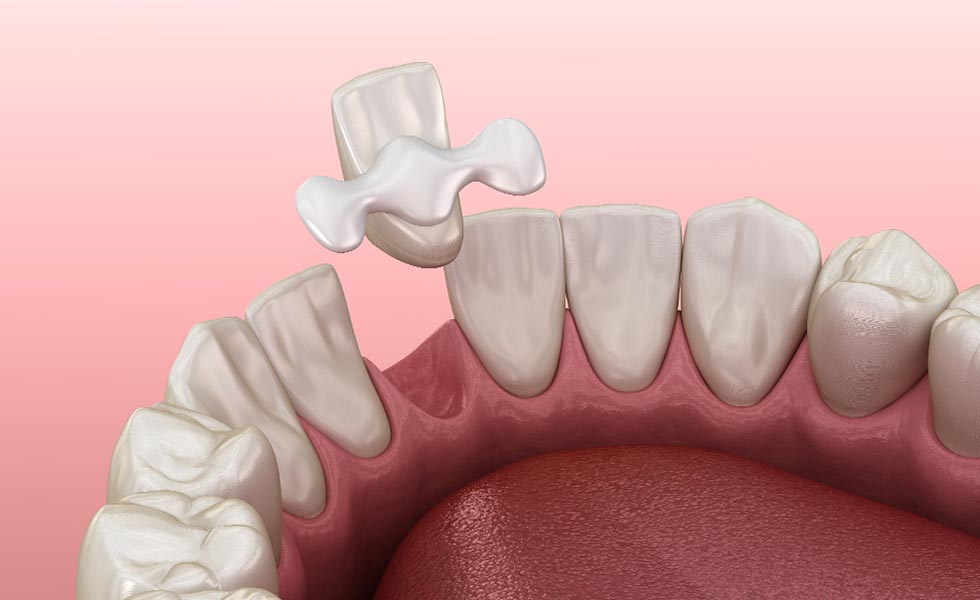A confident smile can significantly impact your self-esteem and overall quality of life. However, missing teeth can make you self-conscious and affect your oral health. Fortunately, dental advancements like the Maryland bridge offer a seamless solution to restore your smile. This article explores what a Maryland bridge is, its benefits, the procedure involved, and how it can effortlessly bring back your radiant smile.
What is a Maryland Bridge?
A Maryland bridge is a type of dental prosthesis designed to replace missing teeth. Unlike traditional dental bridges that require crowns on the adjacent teeth, a Maryland bridge uses a metal or porcelain framework bonded to the back of the adjacent teeth. This conservative approach preserves more of the natural tooth structure while providing a durable and aesthetically pleasing solution.
Benefits of a Maryland Bridge
1. Minimally Invasive
One of the most significant advantages of a Maryland bridge is its minimally invasive nature. Since it does not require extensive reshaping of the adjacent teeth, it preserves the natural tooth enamel, making it a preferred choice for many patients.
2. Aesthetic Appeal
Maryland bridges are designed to blend seamlessly with your natural teeth, providing an aesthetically pleasing result.
3. Quick and Efficient
The process of getting a Marylandbridge is relatively quick compared to other dental restorations. With fewer visits and a straightforward procedure, you can restore your smile efficiently without lengthy treatment times.
4. Cost-Effective
Compared to dental implants, Maryland bridges are a more affordable option for replacing missing teeth. They offer a cost-effective solution without compromising on functionality or appearance.
The Procedure for Getting a Maryland Bridge
1. Initial Consultation
The first step in getting a Marylandbridge is a consultation with your dentist. During this visit, your dentist will evaluate your oral health, take impressions, and discuss the best options for your specific needs.
2. Preparation
Once the treatment plan is finalized, the adjacent teeth are prepared by slightly roughening their backs to facilitate bonding. This step is crucial for ensuring the bridge adheres securely.
3. Impression and Fabrication
After the preparation, your dentist will take an impression of your teeth, which is sent to a dental laboratory to fabricate the custom Marylandbridge.
4. Fitting and Bonding
Once the bridge is ready, your dentist will fit it to ensure a perfect fit and appearance. After any necessary adjustments, the bridge is bonded to the adjacent teeth using a strong dental adhesive. This step completes the procedure, and your smile is restored.
Maintaining Your Maryland Bridge
To ensure the longevity of your Marylandbridge, it is essential to maintain good oral hygiene. Regular brushing, flossing, and dental check-ups will help keep your bridge in excellent condition. Additionally, avoid biting on hard objects and sticky foods to prevent damage to the bridge.
Conclusion
A Maryland bridge offers a straightforward and effective solution for restoring missing teeth, enhancing both your smile and confidence. Its minimally invasive nature, aesthetic appeal, and cost-effectiveness make it an excellent choice for many patients. If you are looking for a reliable way to restore your smile effortlessly, consider discussing the Maryland bridge option with your dentist.







